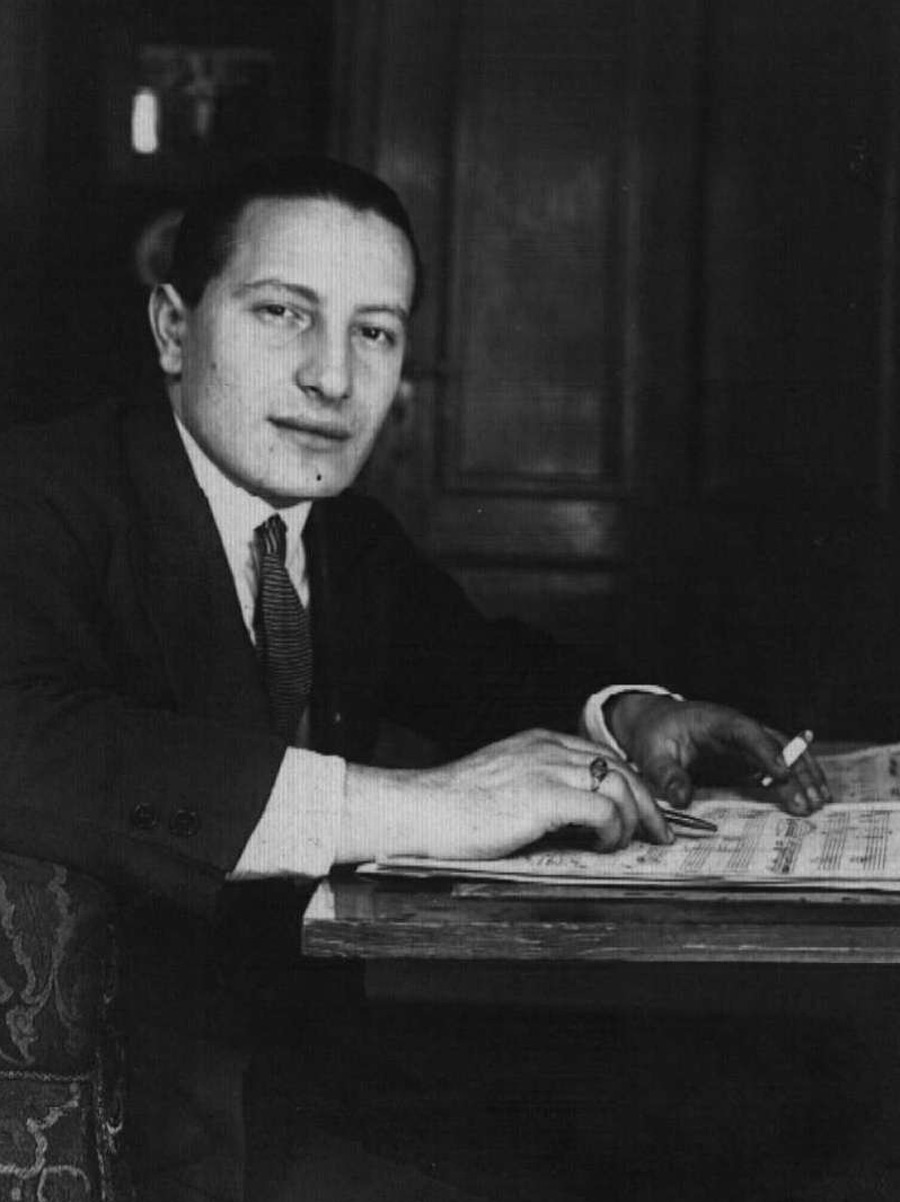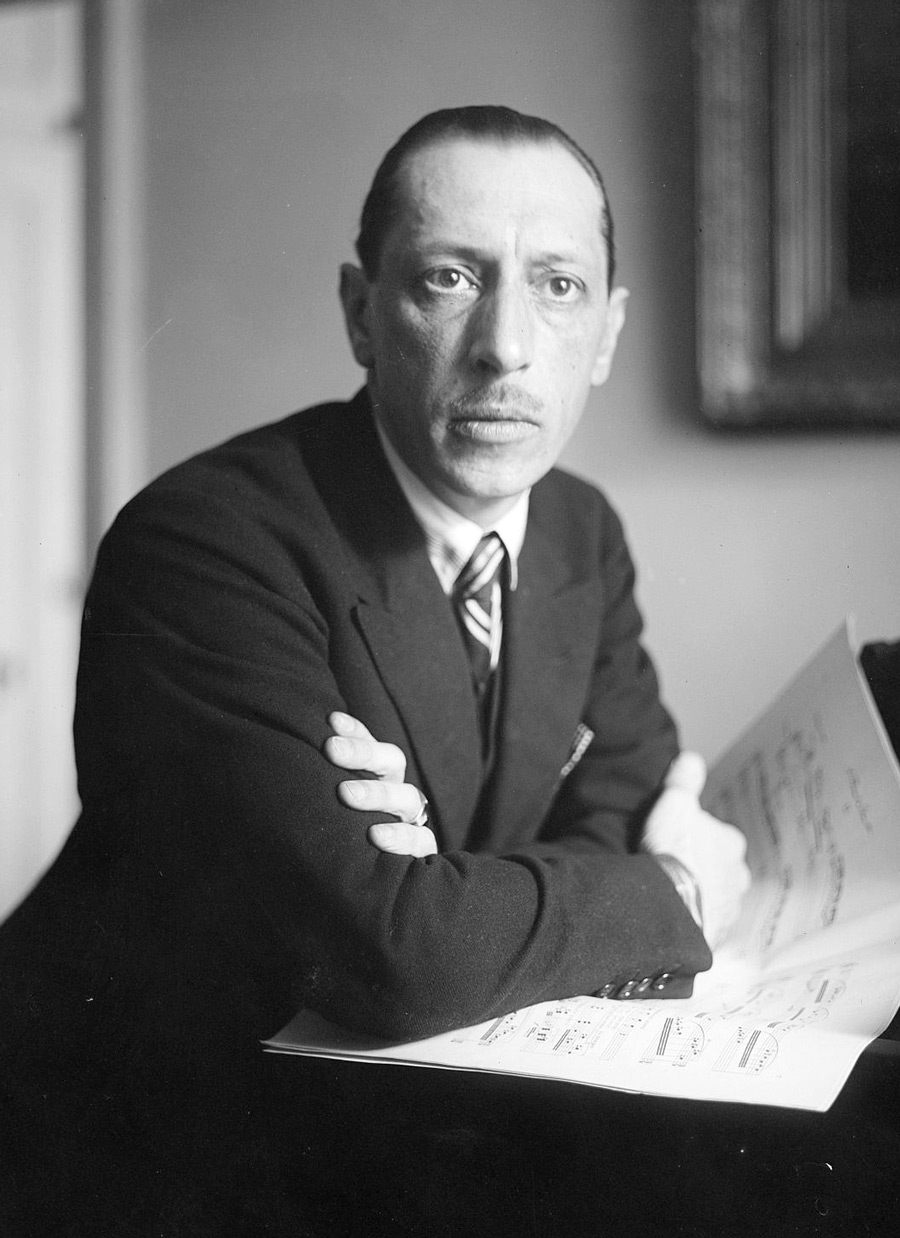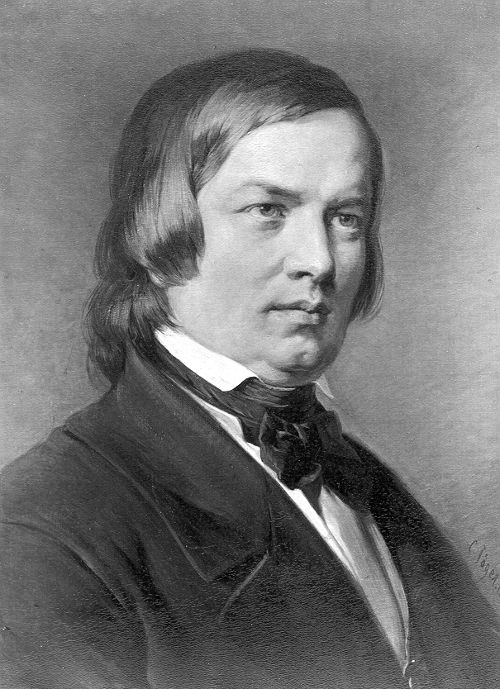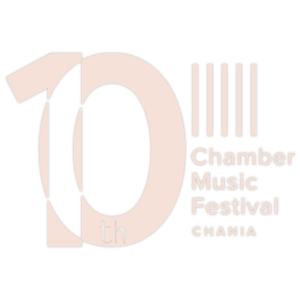
CHAMBER MUSIC FESTIVAL 2013
1st Concert -
Sun 1.9
We welcome you to the 2nd Chamber Music Festival of Minoa Palace Resort & Spa. Faithfull to our autumn meeting, we tried this year to travel with you in a musical journey to the unlimited world of classical music. This time, with the conduct of 2 concerts, 7 impor- tant artists coexist in different musical combinations, present- ing a series of unique works. Each one of these, has contribut- ed in its own way to the evolu- tion of formal music; novel musical “languages” in harmony, in rythm, in the adoption of local idoms, even in the combination of instruments, are presented in boldness and exquisite mastery from their pioneer creators. We urge you to identify them and enjoy them.
Pancho Vladigerov - Vladigerov "Classic & Romantic"
25'
Igor Stravinsky - Stravinsky L'Historie Du Soldat
25'
Robert Schumann - Schumann Piano Quintet
32'
Book your tickets
Safely book your tickets online
arrow_forwardarrow_forward
Special 4-Day Pass arrow_forward
Book your tickets
- Online at ticketservices.grarrow_forward
Concert
Works
CHAMBER MUSIC FESTIVAL 2013

Pancho Vladigerov
"Classic & Romantic"
OP.24
Pancho Vladigerov has been the greatest representative of the so-called second generation of Bulgarian composers. One of the founders of the Bulgarian Contemporary Music Society (1933) and pioneer in various kinds of music in Bulgaria, founder of the Union of Bulgari- an Composers & pedagogue, has helped to arise some of the greatest composers of Bulgaria (one of his students was the famous pianist Alexis Weissen- berg). Started piano & compos- ing lessons at the early age of 10. Later he studied composition along Dobri Christov in Sofia. Following the early death of his father in 1912, he, along with his mother and brother, moved to Berlin, where he studied compo- sition in the Staatliche Akademis- che Hochschule für Musik (now part of the Berlin University of Arts). He studied theory and
composition with the professors P. Yuon, F. Gernschein & G. Schumann (1920) and & piano with H. Barth. He also won two times the “Mendelssohn Prize” in composition of the Academy (1918 – 1920).
Composer of numerous works in various kinds: pera, ballet, symphonic music, 5 concerts for piano & 2 for violin & symphonic orchestra, chamber music, 38 prototype adaptations of orchestral plays for several instruments with the accompani- ment of piano, over 50 transcrip- tions of folk songs for voice & piano (or orchestra), 20 solos with piano, 10 chorus songs with piano & orchestra, music for the productions of Deutsches Theater in Berlin, Theater in der Josephstadt in Vienna, National Theater in Sofia, and more. Living in Berlin, P. Vladigerov finds himself in a very intensive
& spiritual environment, under the influence of the great artist Max Reinhardt. Along with Reinhardt other top German intellectual personalities are gathered there, as Richard Strauss, Bruno Walter, Stefan Zweig, Thomas Mann, Franz Werfel and others. In Deutsces Theater, Vladigerov spends his years creatively and inspiringly. With the occasion of the premiere of the comedy of Shakespeare “Much a do about nothing”, he composes “Rigau- don” in 1932, music that flows with energy and humor. After Rigaudon, he begins the Orches- tral Suite “Classic & Romantic”, where he embodied parts, similar in style and others, written mostly for theatre and Shakespearean plays. The transcription for violin and piano was created by the composer himself.
MOVEMENTS
I. Rigaudon -From "Much Ado About Nothing"
II. Sarabande - From "Pantomime" 1927 (not finished)
III. Courant - From "Fan" 1935
IV. Minuet - From "Pantomime"
V. Songs from the North - from "Yusik"
VI. Album Page - From Song Sketch
Text by Heinrich Heine
VII. Small March - from "Yusik"

Igor Stravinsky
L'Historie Du Soldat
Igor Stravinsky’s L’Histoire du Soldat, (The Soldier’s Story) (1918), was inspired by an old Russian folk which describes the story of a young soldier in World War I, who gives his violin to the devil in exchange for a book that predicts the economy of the future. It was originally composed as a theatrical piece written for violin, double bass, clarinet, bassoon, trumpet, trombone and percussion, where the story is told by actors playing the parts of the soldier, the devil, and a narrator. A dancer plays the non-speaking part of the princess. The condensed trio version was later arranged by the composer.
I.”Marche du Soldat”
The devil must teach the soldier how to interpret the book, so the soldier agrees to go home with the devil.
II. “Le violon du Soldat”
When the soldier returns to his home town he encounters the devil, who encourages him to put the book’s power to good use. The soldier becomes extremely wealthy, but begins to pine for the happiness of his simpler old life. He meets the devil again, who sells him his old violin, but he can no longer play. Then, he sees an old war friend who tells him that nearby a princess is dying, and that the king has announced that whoever heals her will become her husband. The soldier journeys to the castle, but the devil is already there, disguised as a virtuoso violinist. In order to win the princesses hand, the soldier must regain his power. He does so by purposely losing all his money to the devil in a card game. With the return of his power, the devil now falters and the soldier seizes his violin and begins to play.
III. “Petit concert”
When the princess hears the soldier’s violin playing, she becomes miraculously healed and begins to dance.
IV. “Tango-Valse-Rag”
The devil tries to interfere with the couple, but the soldier has power over him as he plays his violin and forces the devil to dance to exhaustion.
V.“Danse du Diable”
The devil succumbs, but warns that if the soldier ever leaves the castle, the devil will take posses- sion of his soul. Years later, the princess convinces the soldier to return to his hometown to see his mother. As he approaches her door, the devil is there waiting to take him away.
MOVEMENTS
I. "Marche du Soldat" II. "Le Violon du Soldat" III. Petit Concert IV. Tango-Valse-Rag

Robert Schumann
Piano Quintet
E FLAT MAJOR, OP.44
Robert Schumann’s Piano Quintet in E flat major was composed in just a few weeks in September and October 1842, during Schumann's so-called "Chamber Music Year." By pairing the piano with string quartet, Schumann "virtually invented" a new musical genre. Schumann's choice to pair the piano with a standard string quartet lineup (two violins, viola, and cello) reflects the changing technical capabilities and cultural importance, respectively, of these instruments.
Bringing the piano and string quartet together, Schumann's Piano Quintet takes full advan- tage of the expressive possibili- ties of these forces in combina- tion, alternating conversational
passages between the five instruments with concertante passages in which the combined forces of the strings are massed against the piano.
Schumann had such success in combining a piano and a string quartet that many other compos- ers followed suit, among them Brahms, Dvořák, Franck, Fauré, Reger, Martucci, Elgar, Bloch, Reizenstein, Toch, Martinu° and Shostakovich.
It seems that the piano quintet commemorates the painful four and a half years during which Robert and Clara were forbidden by her father to marry. It is clearly influenced by his admira- tion for Schubert’s E flat Trio; but Schumann makes everything
his own. The first movement has a marvellously bold first theme and a meltingly romantic second subject. The slow movement is a funeral march, as in Schubert’s trio. The scherzo is based on a simple chromatic scale – of such touches are geniuses made – and the finale is a magnificent construction, ending with a masterstroke in which its main theme is combined with the opening theme of the whole work. The quintet is a portrait of Clara on two levels; the virtuosic piano part reflects her status as one of the great nineteenth-cen- tury pianists, and the lovely phrases given to the viola surely represent her more private self, the Clara that Robert knew.
MOVEMENTS
I. Allegro Brilliante II. In Modo D'una Marcia Un Poco Largamente III. Scherzo: Molto Vivace IV. Allegro Ma Non Troppo

